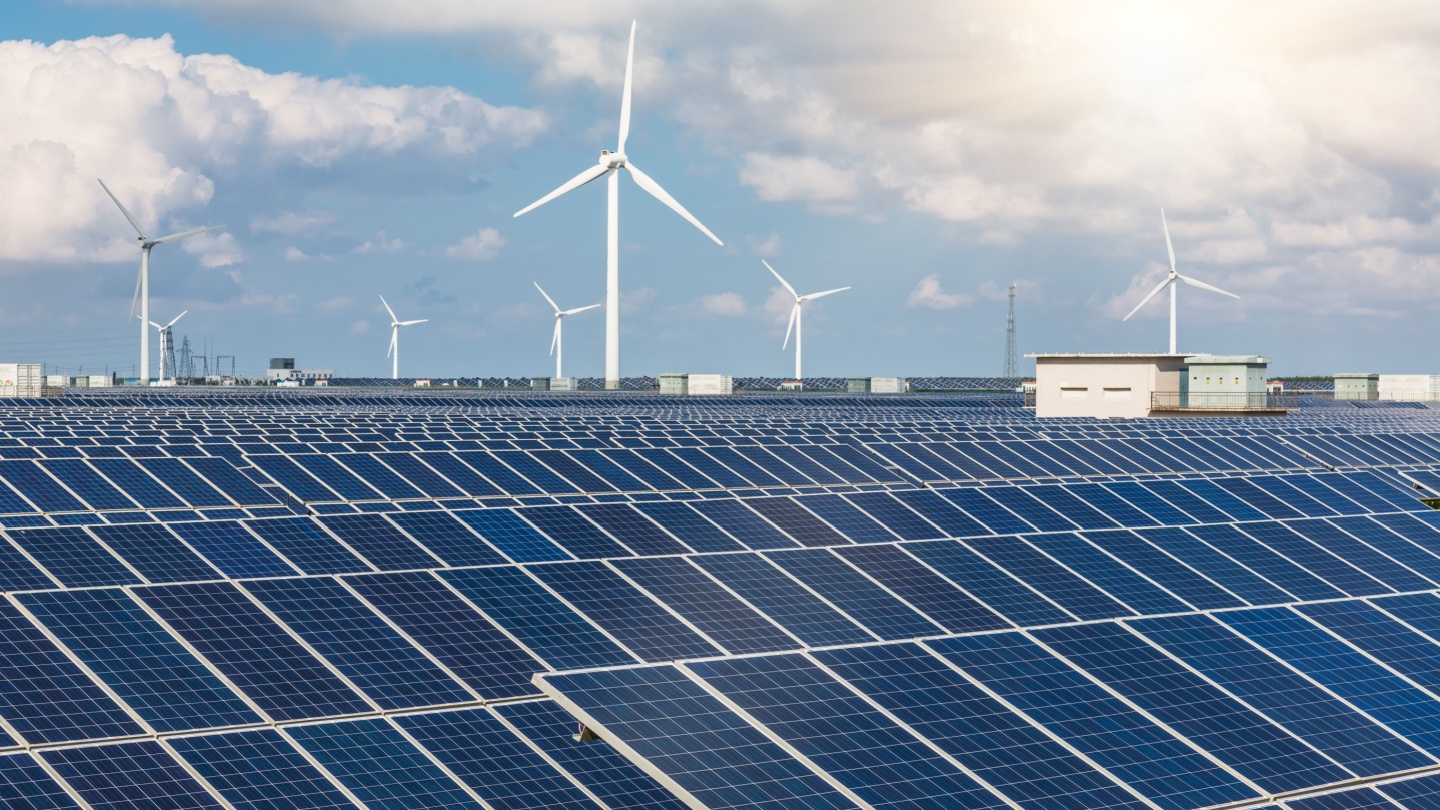China is experiencing significant challenges in harnessing its renewable energy resources, with a reported 150 million kilowatt-hours of potential energy going unused in 2022. Official statistics from the National Energy Administration indicate that renewable energy generation, particularly from wind and solar sources in remote provinces, is increasingly being curtailed, resulting in wasted opportunities for clean energy production.
The situation is particularly pronounced in regions such as Xinjiang, Inner Mongolia, and Hebei, where the infrastructure needed to transmit this renewable energy to major consumption areas remains inadequate. As the demand for energy continues to rise, the inability to effectively utilize these resources raises concerns about both energy security and environmental sustainability.
Infrastructure Shortcomings Lead to Energy Loss
In many cases, the rapid expansion of renewable energy projects has not been matched by the development of necessary transmission lines. As a result, a substantial amount of generated energy is lost, particularly during peak production times. Reports indicate that in 2023, the curtailment of renewable energy sources could increase if infrastructural improvements are not prioritized.
The challenge is compounded by geographical factors. Many of the regions with the highest potential for renewable energy generation are located far from the urban centers that require energy. This logistical issue not only affects energy distribution but also impacts the overall effectiveness of China’s renewable energy strategy.
Government Initiatives and Future Outlook
In response to these issues, the Chinese government is investing in infrastructure to improve energy transmission capabilities. Plans to upgrade power grids and enhance connectivity between remote energy generation sites and urban demand centers are in development. These initiatives aim to reduce the curtailment rates and maximize the utilization of renewable resources.
Despite these efforts, the road ahead remains challenging. Analysts emphasize the importance of aligning government policy with technological advancements to effectively address these renewable energy curtailment issues. As China continues to position itself as a leader in renewable energy, overcoming these hurdles will be crucial for achieving its long-term sustainability goals and meeting its climate commitments.
The implications of this energy waste extend beyond economic concerns; they also touch upon China’s environmental commitments and the global fight against climate change. With the world’s attention on sustainable energy practices, China’s ability to convert its vast renewable potential into actionable energy solutions will be a significant factor in its future energy landscape.
